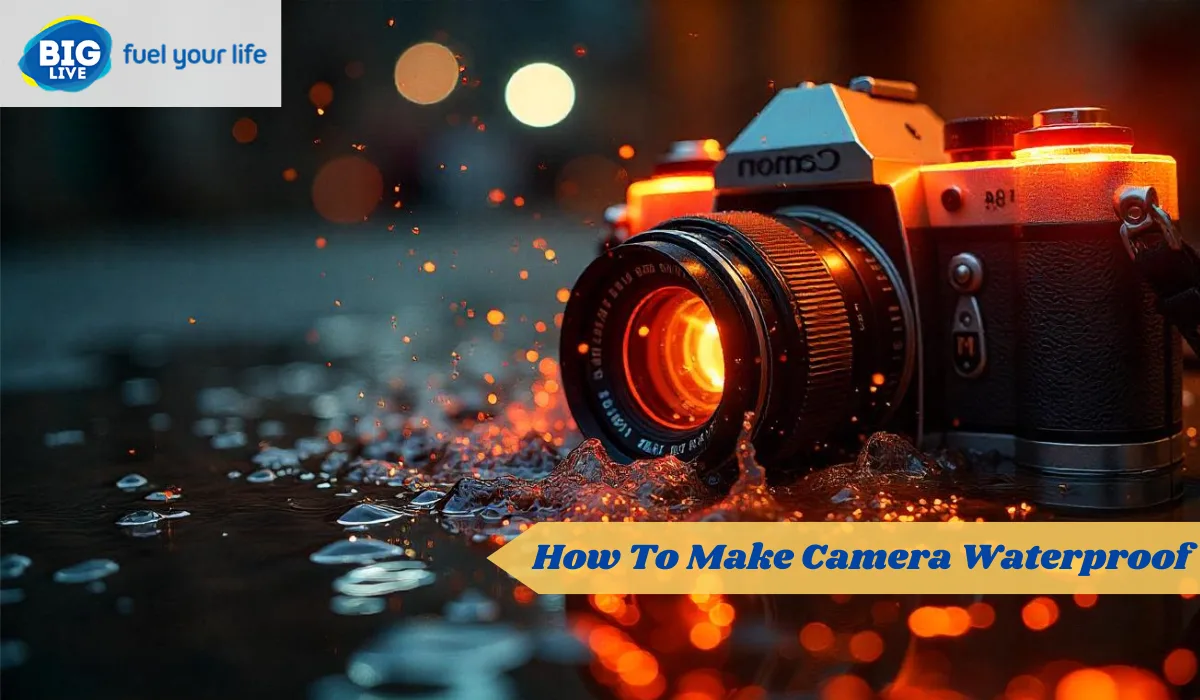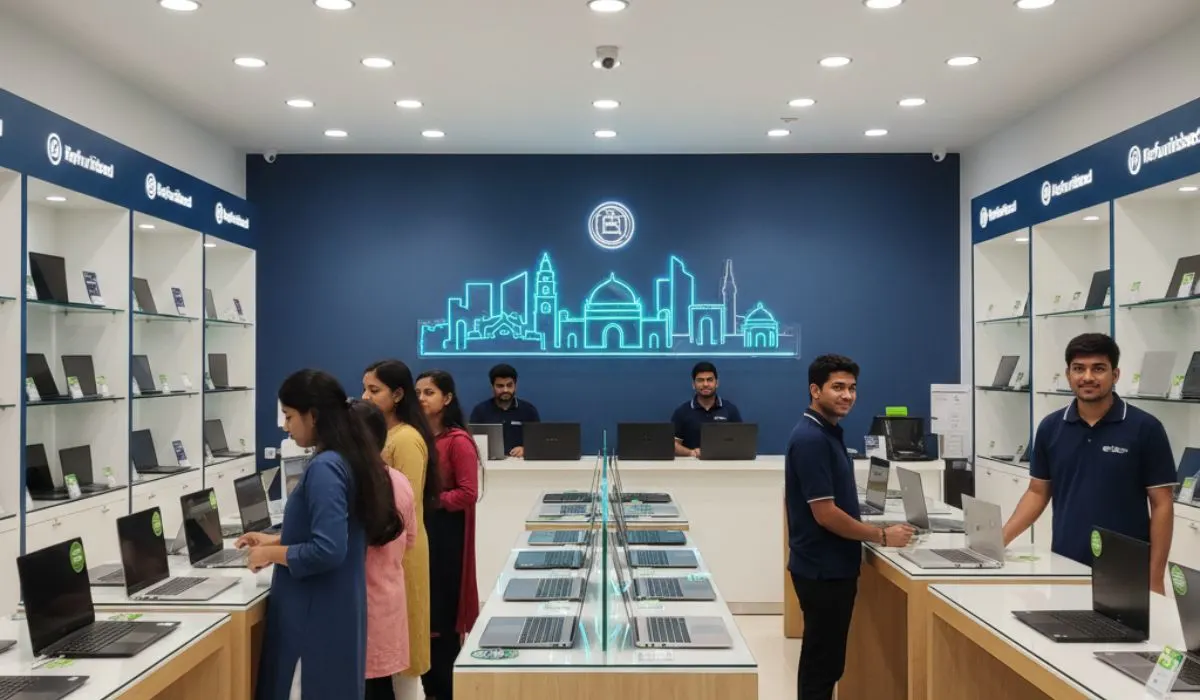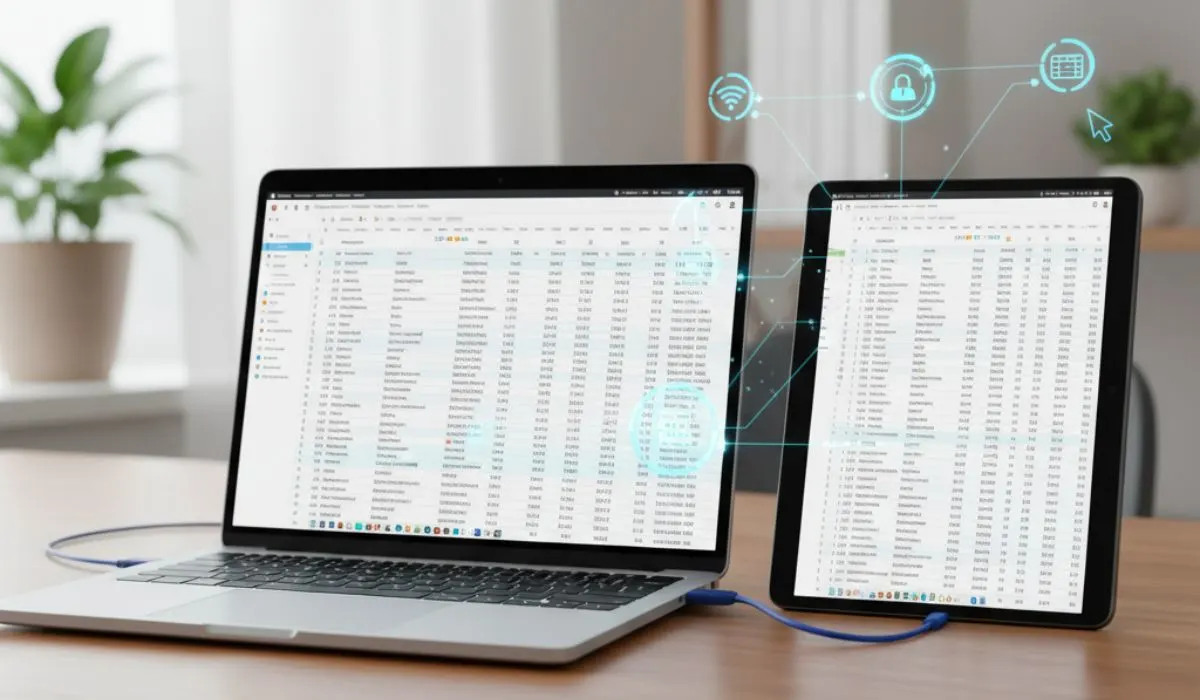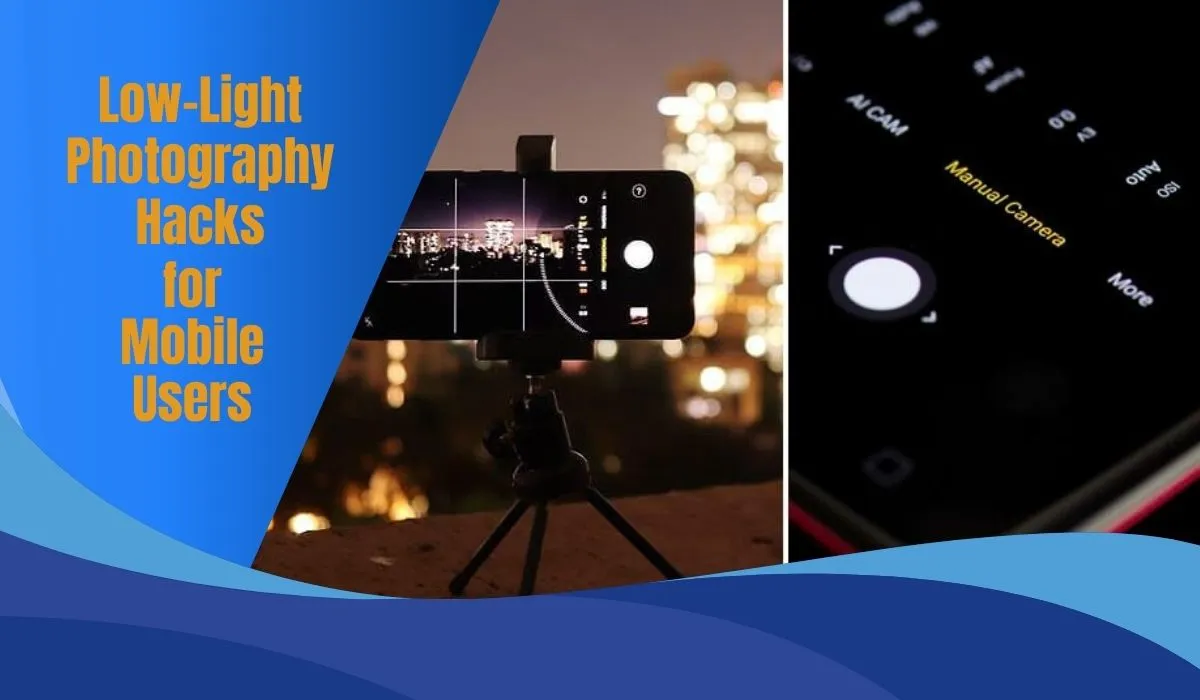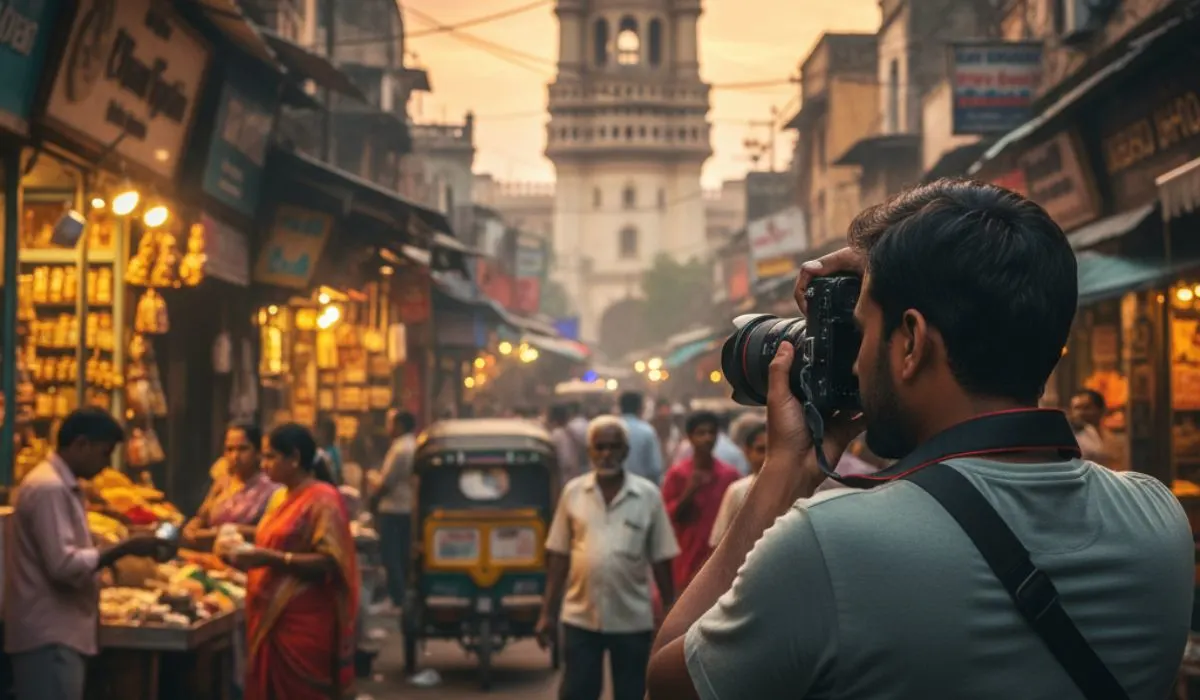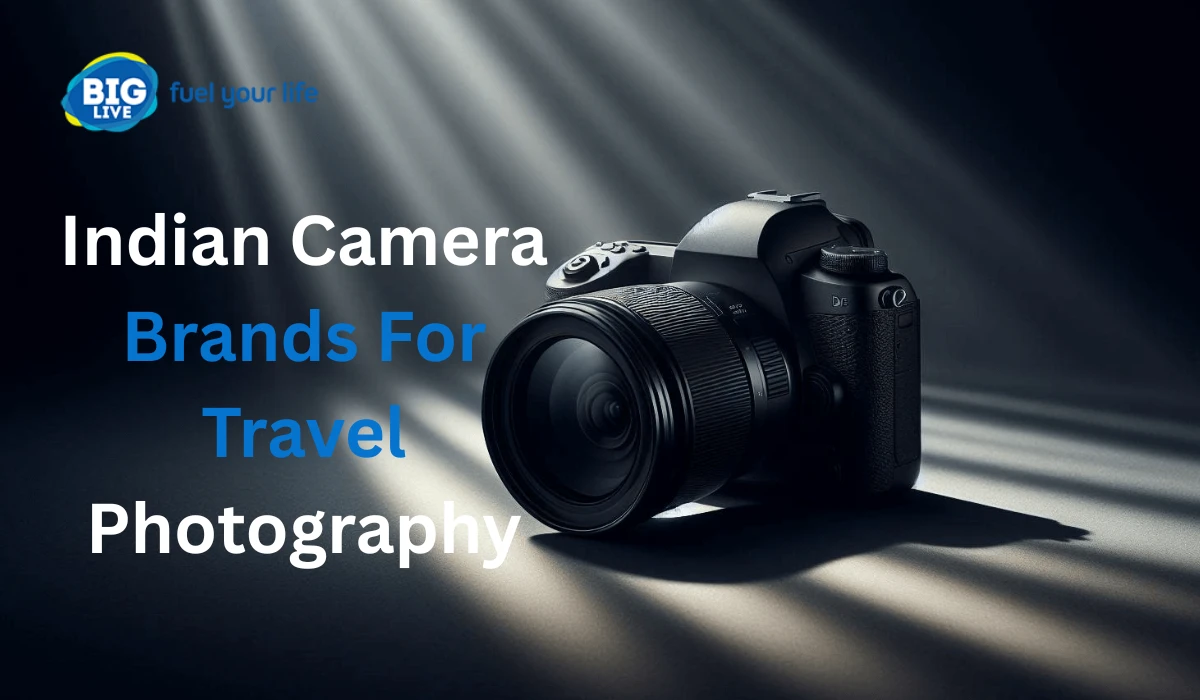If you're interested in knowing how to make camera waterproof, here are some simple solutions you can insulate your camera with items you have at home. With basic steps and smart methods, you can avoid rain, splashes, or shallow water from damaging your equipment.
How To Make Camera Waterproof: Simple DIY Methods
1. Plastic-Bag Rain Cover
Take a clear plastic bag or a shower cap. Cut a little round hole so the lens has room to protrude. Pull the bag around the camera and lens. Seal it around the lens using a rubber band or hair tie. Tear a small hole in front of the lens so you can photograph. This is inexpensive, fast, and functions well during rainy weather. Just be careful of ripping the bag.
2. Double-Zip lock Underwater Sleeve
Place your camera in one Zip lock bag, and then another bag. Insert a short tube into the bag so the lens is sticking out. Tie the bags over the tube. If water enters the first bag, the camera will still be dry inside the second. This method works if you need to shoot in shallow puddles.
Read also: Indian Camera With Best Low-light Performance
3. Hard-Case Waterproof Box
Look for a tight-sealing plastic box that your camera will fit into. Make a hole in the lid and glue in a clear plastic window or lens port. Close the lid with waterproof glue and include a rubber gasket. Try it out in shallow water first before inserting your camera. This shields against heavy rain or splashes—better for storms.
4. Sponge-Padded Waterproof Bag
Wrap a sponge around your camera. Cover it with two plastic bags. This provides rain protection and cushion if you're doing a lot of moving around.
How to Keep Camera Dry in Rain
Use an umbrella or canopy to cover your camera. Use a tripod to mount your camera so your hands remain free. Have a microfiber cloth available to wipe water off. Include silica gel packets in your camera bag to absorb moisture. Utilize a lens hood to stop drops from landing on the lens.
Homemade Waterproof Camera Box
Need a covered box you can reuse? Select a robust, sealable plastic box. Drill a hole in the lid for the lens and top it with clear plastic. Glue the edges shut. Fill the inside with foam to stabilize the camera. Place a rubber gasket underneath the lid. Test it dry in water before you use it with your camera. It's perfect for heavy rain or storms but not ideal for deep water.
Travel Camera Waterproof Tips

Always keep a small plastic bag or rain sleeve with you. Don't change lenses in the rain. Keep spare batteries in dry pouches. Invest in weather-sealed equipment if you shoot outside a lot. Keep silica gel packs in your camera bag to keep it dry.
How to Photograph in Wet Weather
Pre-focus your camera to take a snap shot when it rains quickly. Hold cover with one hand and the camera with another. Employ a tripod to maintain stable shots on slippery surfaces. Clean the lens immediately if raindrops fall on it. Be careful on wet ground to prevent slipping or dropping your gear.
Read also: Best Indian Cctv Camera For Home Security
Best Camera Waterproof Materials
Shower caps or clear plastic bags – simple and inexpensive. Ziplock freezer bags – more durable and thicker. Acrylic or clear plastic sheets – for window ports in homebrew boxes. Rubber gaskets and silicone glue – to close box openings. PVC tubes – aids in making a solid lens port. Soft sponge or foam – keeps interior safe and keeps camera secure.
Underwater Camera Protection
Experiment with double-bagging with lens tube for shallow water. Employ hard-case box with good seals for added protection. Add desiccant packs inside to absorb dampness. Test seals prior to each use to prevent leaks.
How to Make DSLR Waterproof
Utilize rain sleeve designed for DSLR cameras that allows you to access buttons and dials. Or use the plastic-bag solution when caught in the rain. Never swap lenses in wet weather—it's too dangerous. Experiment with hydrophobic sprays, but they may alter the feel of your camera. If around water much, try a homemade hard case or rain sleeve for more protection.
Camera Rain Protection Summary
Quick fixes: plastic bag + rubber band—cheap and convenient. Reusable fix: waterproof plastic box with window—tarps heavier weather. Useful gear: umbrella, lens hood, silica packs, tripod. Smart moves: pre-focus, wipe lens quick, select covered areas.
Conclusion ON How To Make Camera Waterproof
It doesn't have to be difficult or costly to make your camera waterproof. The secret is to choose a method that best suits your shooting situation and price range, whether that means investing in weather-sealed equipment, making your own protective cover, or utilizing a waterproof housing. How to make camera waterproof before diving into in water, test everything, use silica gel to minimize moisture buildup, and always double-check seals. You may safely take lovely shots in the rain, snow, or even water without worrying about damaging your camera if you take the proper measures. More freedom to explore and more memories retained, no matter of the events, are the results of protecting your tools.
FAQ's: How To Make Camera Waterproof
How to make a photograph waterproof?
Possibly the most flexible choice, fixative spray can fit a variety of printed mediums. This solution sprays directly over printed medium to give a layer of clear protection that, when dry, makes the print waterproof and handleable.
Is it possible to weather seal a camera?
Weather sealing is more likely on costlier cameras. Weather sealing uses gaskets and maybe rubber or silicon lining. In the lens mount and moving parts, this is crucial.
How to naturally waterproof something?
Rub cotton, denim, and canvas with Otter Wax to weatherproof. The wax won't leave residue but will stiffen and darken the cloth for a tough look: Old canvas weekenders, denim shirts, and work coats are all advisable.
What is the best waterproof camera?
- OM System Tough TG-7. Best waterproof camera overall.
- Kodak Pixpro WPZ2. Best budget waterproof camera.
- Pentax WG-100. Best mid-price waterproof camera.
- SeaLife Micro 3.0. Best camera for diving and snorkeling.
- DJI Osmo Action 4. Best waterproof action camera.
- Kodak Sport Underwater Camera.
Why is my camera blurry?
Dirty lenses, low light, focusing troubles, camera motion, and software faults can cause blurry photos. Clean the lens, change light, focus manually or activate autofocus, and stabilize the camera during shooting to repair it.



